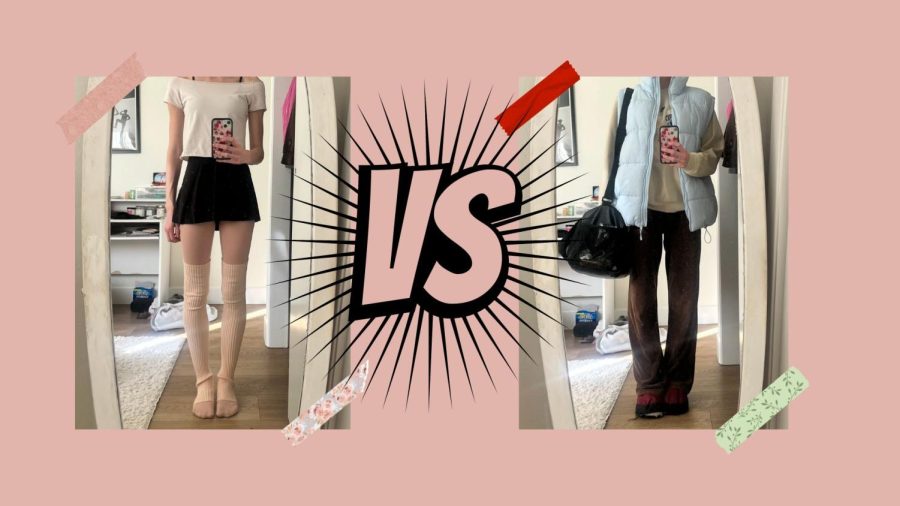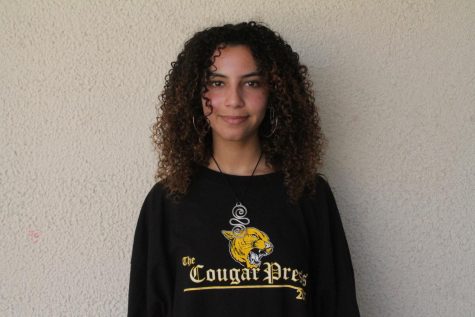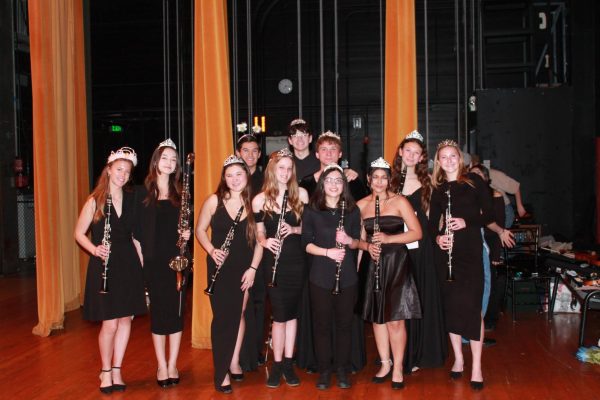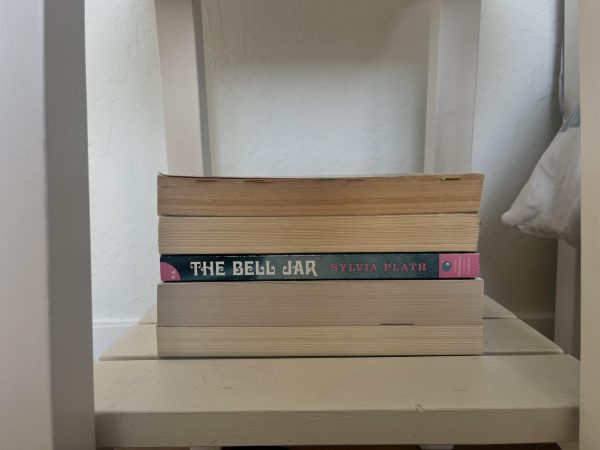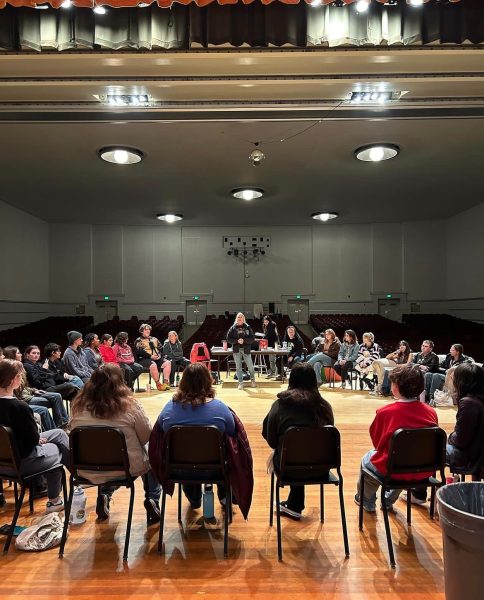Ballet dancers vs. “ballet-core”: How accurate is the aesthetic to the art?
“Ballet-core” consists of a color palette of baby pink and other soft, pastel colors, emphasizing the delicate and dainty persona placed around ballet dancers. The picture on the right shows the reality of a ballet dancer’s outfits. Graphic by: Ava Mohror
February 10, 2023
“Ballet-core,” or coquette, has been blowing up on social media, but how do real ballet dancers feel about this representation of their lifestyle?
With the rise of social media app TikTok, fashion trends have become increasingly more widespread, therefore allowing them to become viral easily and quickly. One of these clothing trends is coquette fashion, also commonly known as “ballet-core.”
According to a digital media and entertainment website called Refinery 29, ballet-core is, “inspired by the silhouettes and styles worn by ballerinas, both on stage and in the rehearsal studio.” This fashion trend draws inspiration from leg warmers, tulle skirts, slicked-back hair in buns and ballet flats.
Across social media platforms, most commonly TikTok, people have been showing off their interpretations of ballet-core, incorporating it into their everyday styles. But how do real ballet dancers feel about their lifestyles being turned into a fashion trend?
April Boland ‘24 has been doing ballet for 13 years. “I honestly find it slightly humorous that people think dainty pink skirts, leg warmers and bows are real ‘ballet-core,’ meanwhile I show up to ballet everyday in at least five layers of clothing/warmups, no makeup and covered head to toe in Icy Hot and KT tape,” said Boland.
Dancers find that this fashion trend has been brushing over the unaesthetic sides of ballet in order to glorify the dainty, seemingly perfect and put together styles of a dancer.
Boland said, “As a ballet dancer, our goal is to appear effortless, composed and pretty, which is what the ‘ballet-core’ trend is going off of. All while hiding the fact that we are in pain, sweating and miserable at times. So this aesthetic is only accurate to what the audience sees but not what true ‘ballet-core’ is.”
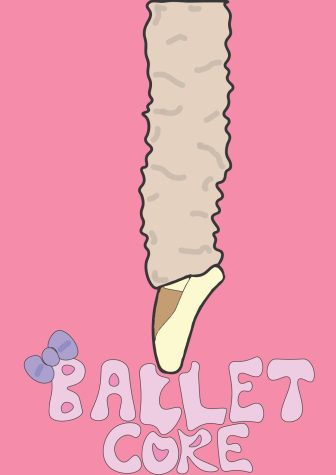
“Ballet dancers, more than anyone else, have a refined sense of what it means to make dancing look graceful and effortless. This is something that you won’t see in traditional sports because the need to make things look easy just doesn’t exist in that realm,” wrote Studio R Ballet.
This skill to look effortless bleeds over into how dancers are expected to look daily. Media, such as Google photos, can give the public a false idea of what ballet dancers look like on a day-to-day basis, portraying only the highlights.
Kaitlyn Seymour ‘24, who has been doing ballet for four years, said, “In a way it [ballet-core] portrays ballet in an unrealistic light. I think yes, ballet can be dainty and light, but that’s not all there is to it.”




